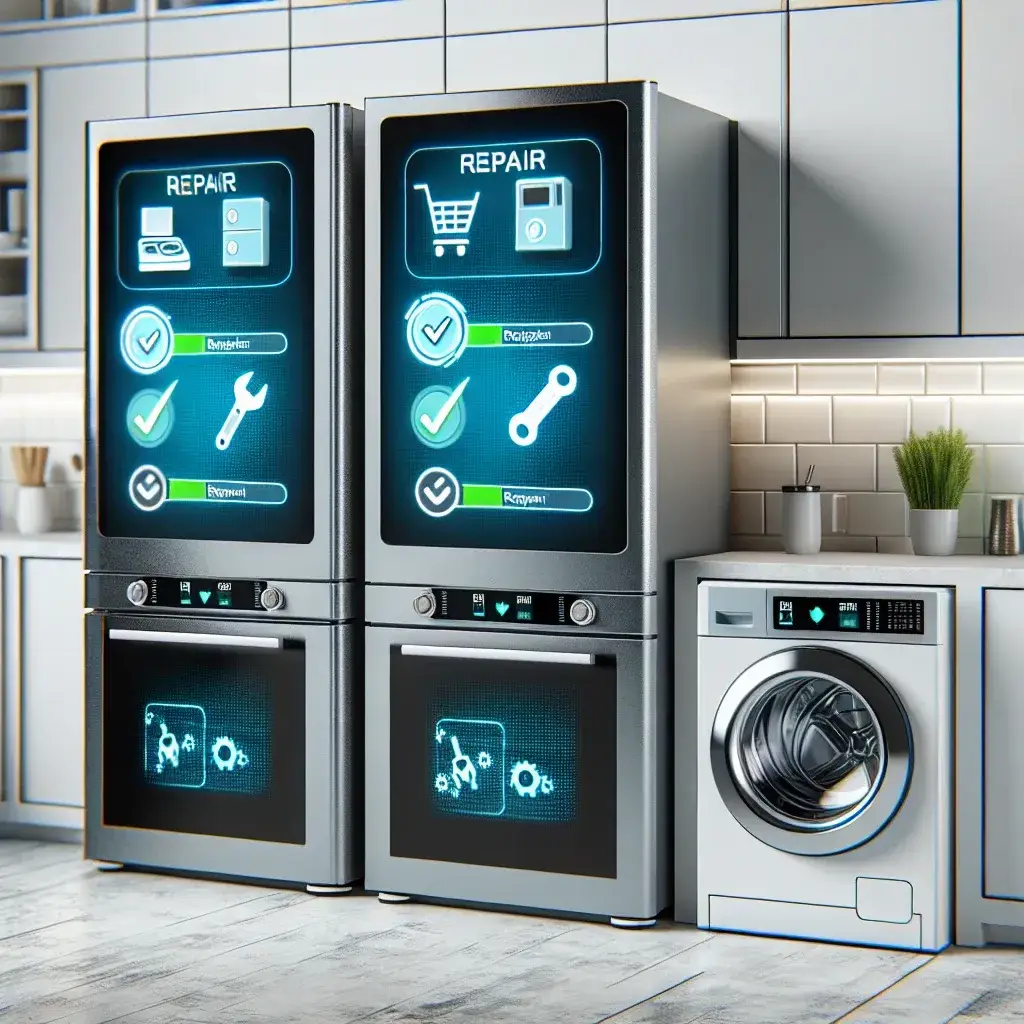Smart Appliance Makers Publish Repair Scorecards Aligned with FTC Guidance
Introduction
The modern household has evolved dramatically with the advent of smart appliances, which have become integral to our daily routines. As these gadgets become more sophisticated, challenges regarding their repairability and longevity have surfaced. In response to these concerns, smart appliance manufacturers are now publishing repair scorecards aligned with guidance from the Federal Trade Commission (FTC). This article delves into the significance of these scorecards, the impact on consumers and the environment, and the broader implications for the appliance industry.
Understanding the Context
The FTC has long been an advocate for consumer rights, emphasizing the importance of transparency in product repairability. The advent of smart appliances has introduced complexities in repair processes, often leading to frustration among consumers when faced with malfunctioning devices. In 2021, the FTC issued a report advocating for the right to repair, urging manufacturers to provide information that would empower consumers to make informed choices regarding their appliances.
The Rise of Smart Appliances
Smart appliances, which include everything from refrigerators and washing machines to ovens and thermostats, are designed to enhance user convenience through connectivity and automation. However, their complexity often translates to higher repair costs and extended downtimes. Understanding the need for clarity, manufacturers have begun to implement repair scorecards that evaluate and communicate the repairability of their products.
The Repair Scorecards
Repair scorecards are essentially rating systems that assess how easy or difficult it is to repair a specific model of a smart appliance. These scorecards provide potential buyers with insights into:
- Availability of Spare Parts: Whether replacement parts are readily available to consumers or repair shops.
- Repair Manuals: The accessibility of user manuals that guide repairs.
- Technical Support: The level of support offered by manufacturers to assist with repairs.
- Repair Tools: Whether special tools are required for repairs and if they are provided.
Benefits of Repair Scorecards
Empowering Consumers
One of the primary advantages of repair scorecards is that they empower consumers by providing clear, concise information on how easily an appliance can be repaired. This transparency allows consumers to make better purchasing decisions—favoring models that are easier to fix over those that may lead to higher long-term costs due to repair difficulties.
Promoting Sustainability
In an era where environmental sustainability is paramount, the repairability of appliances plays a crucial role. By publishing repair scorecards, manufacturers not only help reduce electronic waste by encouraging repairs rather than replacements but also contribute to a circular economy where products are reused and recycled. This shift reflects a growing consumer consciousness regarding the ecological footprint of their purchases.
Enhancing Brand Image
Brands committed to transparency and sustainability stand to enhance their reputation in the marketplace. By embracing repair scorecards, companies can position themselves as responsible players in the industry, appealing to a customer base that values ethical practices.
Challenges in Implementation
Standardization Issues
While the introduction of repair scorecards is a significant step forward, the lack of standardized metrics across the industry poses challenges. Different manufacturers may adopt varying criteria for their scorecards, leading to confusion among consumers who are trying to compare products. Establishing a uniform standard would streamline this process and enhance consumer trust.
Cost Considerations
The implementation of detailed repair scorecards requires investment in research and development. Manufacturers may face higher upfront costs associated with ensuring that their products meet repairability standards. However, these costs should be viewed in the context of long-term savings for consumers and the potential reduction in environmental impact.
Looking Ahead: The Future of Smart Appliances
As the landscape of consumer electronics continues to evolve, the integration of repair scorecards is likely to expand. Future trends may include:
- Increased Collaboration: Manufacturers may work together to create standardized repair scorecards, fostering industry-wide acceptance and consumer familiarity.
- Technological Innovations: Advancements in technology may lead to appliances designed with repairability in mind, further simplifying the repair process.
- Consumer Education: With greater emphasis on repairability, manufacturers can also invest in educational initiatives to teach consumers about maintenance and repair options.
Conclusion
The publication of repair scorecards by smart appliance manufacturers represents a pivotal shift towards greater transparency, sustainability, and consumer empowerment in the industry. By aligning with FTC guidance, these companies not only enhance their brand image but also contribute positively to the environment and consumer rights. As we move forward, the challenge will be to standardize these scorecards and foster a culture of repairability that benefits both consumers and the planet.
Final Thoughts
Ultimately, the journey towards sustainable and consumer-friendly smart appliances is just beginning. The commitment by manufacturers to publish repair scorecards is a promising step, but continued advocacy for repair rights and consumer education will be essential in shaping a future where smart appliances are not only smart in function but also in their longevity and repairability.







